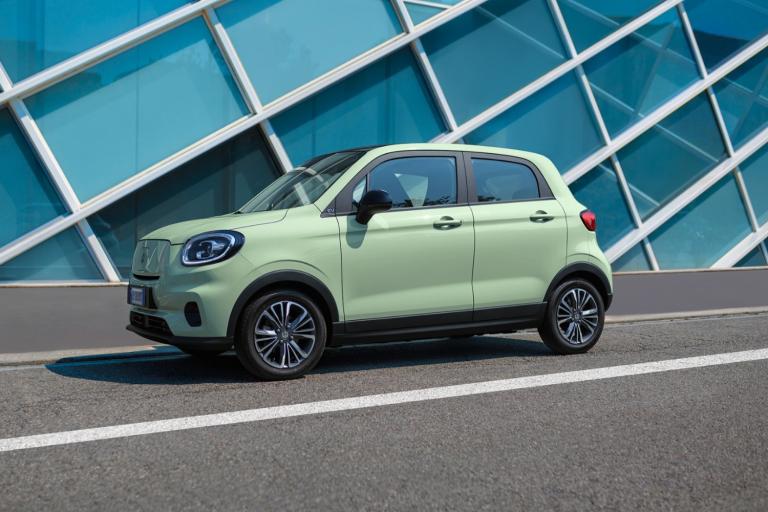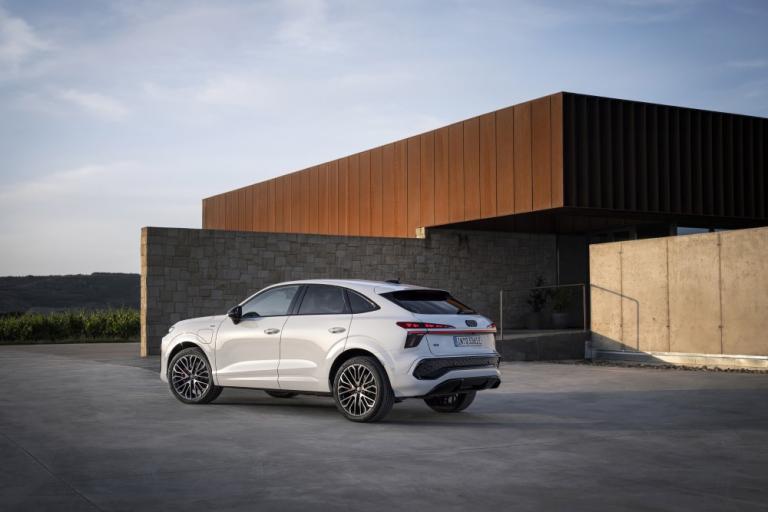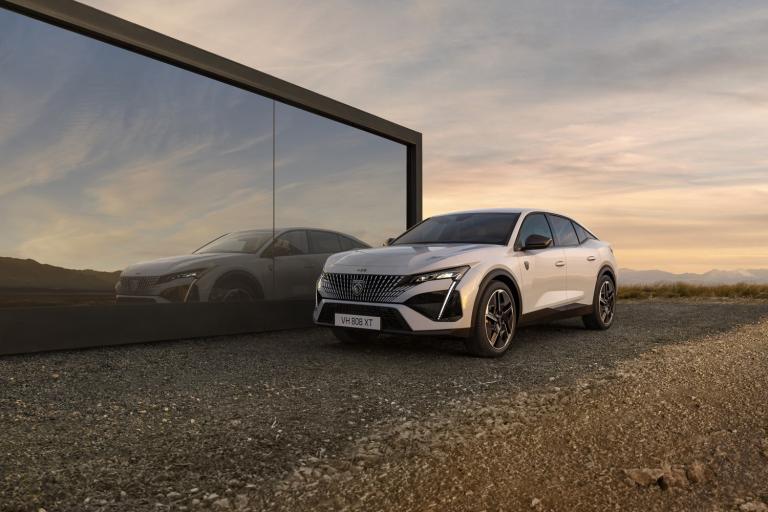Peugeot's new 5008 SUV
Published on 15 November, 2017
Prices start from €29,345 for the 1.2 130bhp PureTech petrol.
Overview
There has been a shift to petrol from diesel, Mr Sheridan said. There has also, I can report, been a shift from diesel to hybrid.
Petrol is coming back because a lot of people bought diesel after our swing to emissions-related taxation in 2008 made it attractive.
But many owners are only doing 8,000-10,000kms a year. Now they're switching because modern petrol engines are much more efficient. And cars with such powerplants are €2,000 or so less expensive than diesel. Horses for courses (as I say somewhere most weeks). And the diesel horse, Mr Sheridan would insist, has many a Grand National left to run.
And so to the car. The key engines in the 5008 SUV are the 1.2-litre 130bhp petrol and the 1.6-litre diesel. I drove the petrol for a while down to the Curragh. It had plenty of power and enough poke for most people's needs. The diesel, which I drove abroad earlier this year, is for longer journeys and can be impressively frugal.
The old 5008 was a people carrier. This looks and feels like a large SUV. Its core rivals are the Nissan X-Trail and Skoda Kodiaq seven-seaters, with the likes of the KIA Sorento and Hyundai Santa Fé possibly in the reckoning at the top end of the market.
Prices start from €29,345 for the 1.2 130bhp PureTech petrol.
The rear of the three rows of seats can be removed in an instant - for those who need space more frequently than passenger accommodation.
I'm a fan of their ingenious iCockpit (compact steering wheel, 12.3ins head-up digital instrument panel, 8ins touchscreen, multifunction steering wheel, Bluetooth, USB connectivity and 3 x 12V sockets).
I'm also a fan of their policy of having a spare wheel as standard (all except GT versions).
They say there has also been a significant pick-up in numbers buying an automatic - due in some measure to commuting in heavy traffic - as well as increased petrol buying.
The new motor is the same height as before (1.64m) but third row passengers get 21mm more headroom and the 11cm stretch to 4.64m means more room for all (second row passengers get 6cm more knee room).
Critically, the middle row has three ISOFIX points. The seats fold and tilt and slide forward for third-row access. With the third row out, boot capacity goes to 1,060 litres.
There are five trim levels: Access, Active, Allure, GT Line and GT.
The 1.2-litre petrol comes with 6spd manual or automatic transmission.
Same transmissions for the 1.6-litre and 2-litre diesels, with power from 100bhp all the way to 180bhp.
Standard equipment includes the iCockpit, cruise control, 17ins steel wheels, electric windows, electric/heated door mirrors, 'intelligent' speed adaptation, driver attention alert, retractable/ removable boot cover, auto air con.
Active adds 17ins alloys, electric parking brake with hill assist, auto headlamps and wipers, front fogs, dual zone air con, advanced emergency braking with front collision warning, rear parking sensors (180 degree reversing camera), aeroplane trays on back of first-row seats, retractable/hidden blinds on row 2, aluminium roof bars, Mirrorscreen (Apple Car Play, Android Auto and mirror link).
Allure adds 18ins alloys, driver seat lumbar adjustment, blind spot detection, lane keeping assistance, advanced driver attention alert, front parking aid.
GT Line has LED fogs with cornering function, panoramic opening sunroof, park assist, smartphone charging plate, twin-exhaust effect trim.
And range-topping GT 2-litre diesel automatics have 3D navigation, voice recognition, driver seat 8-way electric adjustment, heated front seats, leather seat trim.
Latest Reviews

Leapmotor T03 EV launches in Ireland this October from €18,950 with 265km range

All-New Audi Q3: Sporty, Smart & Built for Everyday Life

Peugeot E-408 lands in Ireland: 453km electric fastback from €38,995